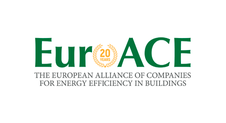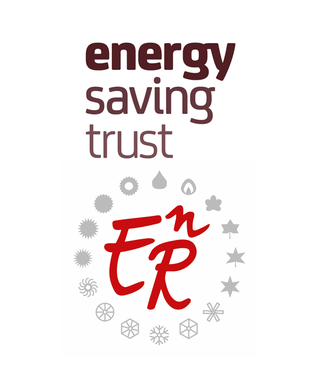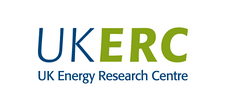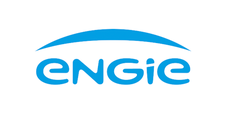Search eceee proceedings
Building renovation passports: an instrument to bridge the gap between building stock decarbonisation targets and real renovation processes
Panel: 7. Make buildings policies great again
This is a peer-reviewed paper.
Authors:
Iná Maia, TU Wien, Austria
Lukas Kranzl, TU Wien
Abstract
The recast of the Energy Performance of Buildings Directive (EPBD) 2018/844/EU introduced in Article 19a the building renovation passports serving as a complementary document providing a long-term and step-by-step renovation roadmap for a specific building. The step-by-step renovation roadmap should guide and help building owners through the renovation process, therefore addressing barriers such as lack of acceptance and high initial investments, which hinder applying single stage retrofitting measures.
This paper aims to study the potential role of the step-by-step renovation measure sequences, as an instrument to achieve ambitious decarbonisation targets in the residential single family house building stock. For this, based on a literature review, first the concept of the step-by-step renovation roadmap has been explored.
Then, different exemplary, common step-by-step renovation sequences were developed and determined for different reference buildings, in terms of achieved energy needs for space heating. There are different approaches to define the step-by-step renovation roadmaps, first using multi-objective optimization models, and second, making plausible assumptions based on the common practice of retrofitting projects. In the present study, both methodological approaches are discussed.
Finally, by upscaling the exemplary step-by-step renovation sequences for the German single family houses into building stock level, we analysed and discussed the possible impact of these step-by-step renovation sequences, also compared to single stage major renovation measures and a decarbonisation scenario calculated with the Invert/EE-Lab model.
The results showed that the concepts applied (step-by-step and single stage) deliver different results, both in line with the total results provided by the Invert-EE/Lab Model. The analysis of the step-by-step approach resulted in lower energy demand in 2050 than the single stage approach. However, to realize a more robust analysis, further sensitivity analysis should be done in order to cover other influencing parameters.
Finally, we believe that the step-by-step retrofitting concept is a renovation process taking into account restrictions which are relevant in real-life. Also, we suggest that this concept should be considered, when designing policies and incentives to achieve building stock decarbonisation targets.
Downloads
Download this paper as pdf: 7-289-19_Maia.pdf
Download this presentation as pdf: 7-289-19_Maia_Presentation.pdf
Panels of
1. The dynamics of limiting (energy) consumption
2. What's next in energy policy?
4. Monitoring and evaluation for greater impact
5. Smart and sustainable communities
7. Make buildings policies great again
8. Buildings: technologies and systems beyond energy efficiency
9. Improving energy efficiency in ICT, appliances and products

























